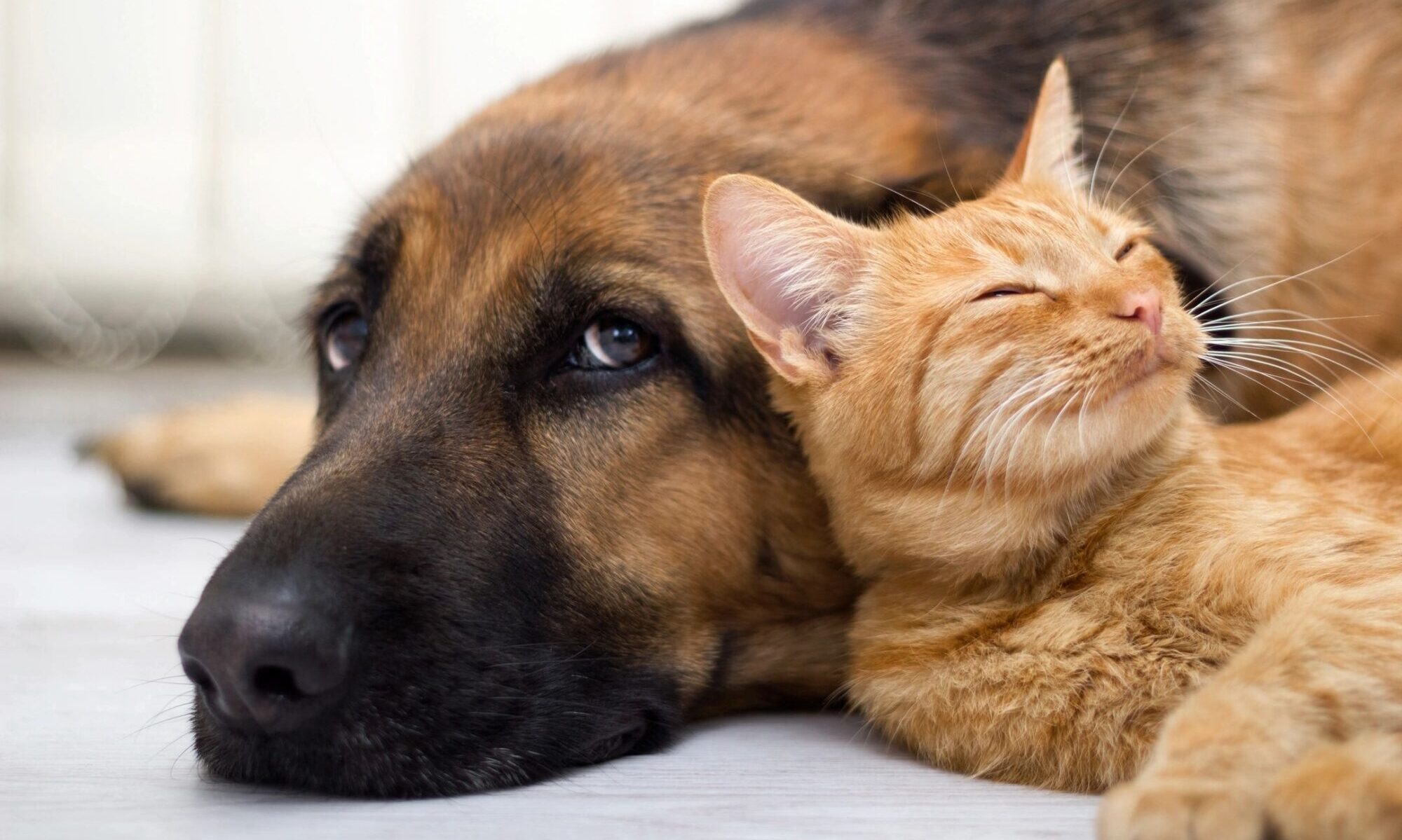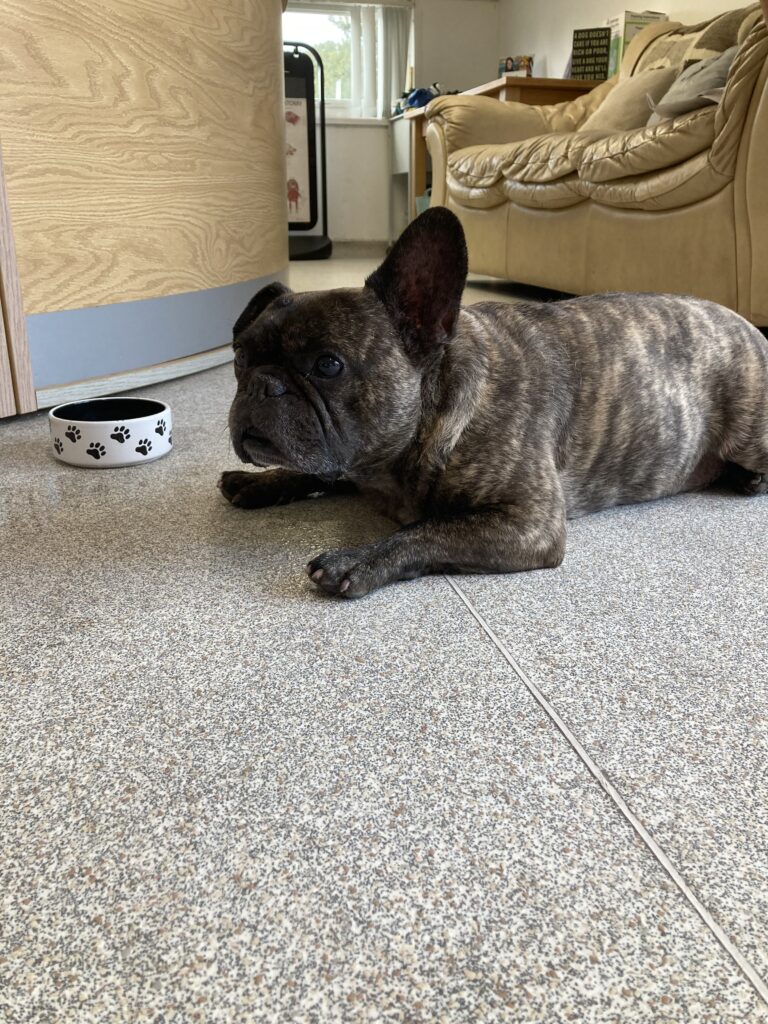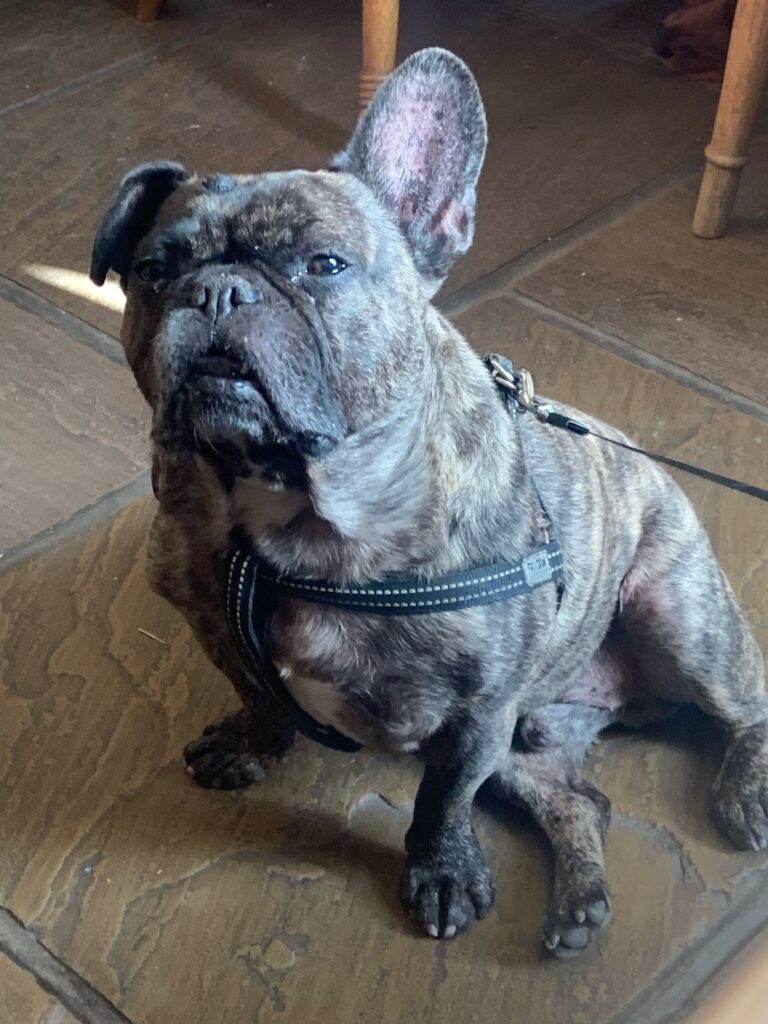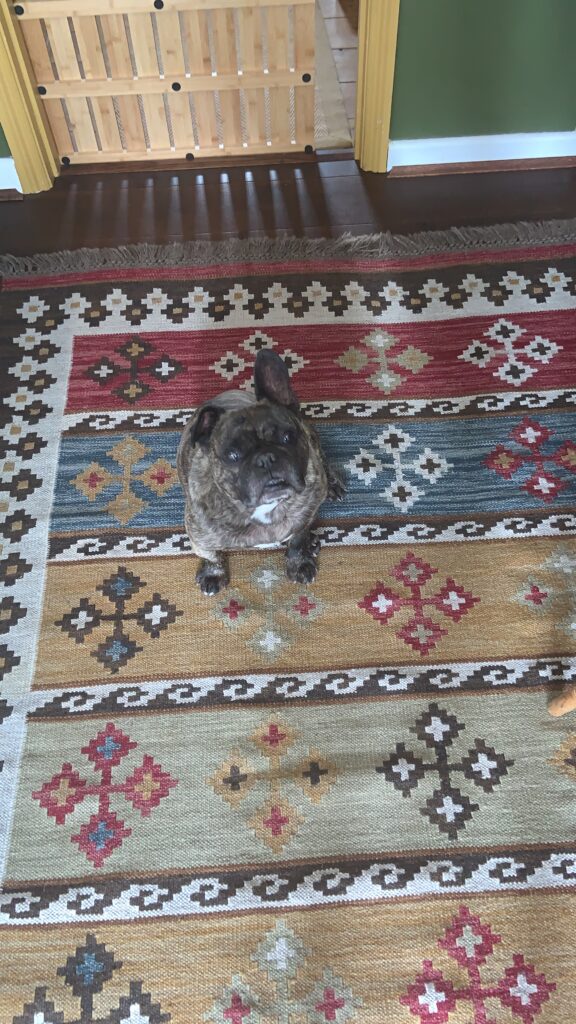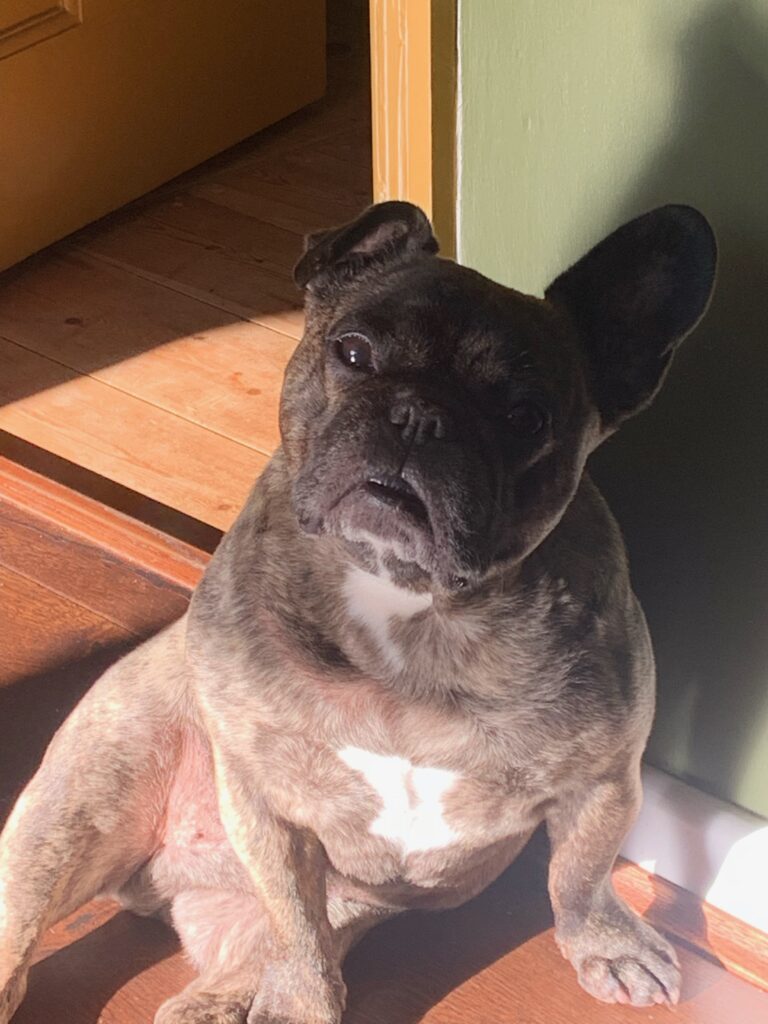CRUFTS 2025 Agility Winner – Bebe The Ballistic Missile
Introducing Bebe and Michael the 2025 CRUFTS ABC medium Agility winners! (Plus, all round winners!)
If we said Bebe’s knee caps dislocate you probably wouldn’t believe it (otherwise known as medial patella luxation). Infact she was diagnosed with a grade 3 luxation on one side (with the most severe grade being 4). Usually grade 1-2 luxations are managed conservatively with 3-4s routinely being surgically corrected. After vet consultations and some hard thinking from Michael’s part it was decided to try and conservatively manage Bebe as it was felt this was the right decision for both of them.
With Bebe being a working cockerspanial the idea of crate rest post operatively and reduced activity would have been a heavy mental toll on her. So, when Micheal was recommended to me by his hydrotherapist Sophie, we set clear goals of what we wanted to achieve whilst always keeping in mind Bebe’s mental and physical condition.
We focused heavily on stripping Bebe down musculoskeletally so we could understand the origin of the luxation. Being able to change things can help understand if Physiotherapy can help, as a Physio the worst thing a patient can say is that after a treatment there was no change, symptoms didn’t get worse nor did they improve. This is a bit soul destroying because it means I either need to change my tactics completely or surgery is likely the best option. If we can understand where we think the origin is coming from then we should be able to change the problem if it is neuromuscular in nature.
Part of this for Bebe was assessing her motor control which although this still happens in every appointment the assessment changes based on how Bebe is doing. Discussions in the past have been for example the use of weights; the effectiveness of fitness regimes especially post and pre-season and although sounds odd but encouraging asymmetric strengthening to address muscle imbalances.
We have slowly built Bebe up to the point her luxations’ are now controlled, there are occasions where they luxate but the triggers are identified, for example the style of the course or the angle of the the tunnel. It means Michael and Bebe are now fully in control of her condition and this is the same principle with treating people…if you feel informed and knowledgable about your injury you will manage it better and ultimately feel better.
Patella luxation does not always need to be treated surgically. There are some cases where dogs’ might need to have surgery, it might be a lack of motivation to rehab due to their breed, it might be the owner doesn’t feel they could keep up the consistency of the rehabilitation. But if you find yourself in this situation with your agility or flyball dog it is a gentle reminder not to panic and think their sporting career is over.
The collaborative approach is always essential and this success is not just about physio, hydrotherapy or trainers but it ultimately boils down to Michael and Bebe feeling supported in their goals and their pure dedication! A BIG WELL DONE to Michael and Bebe for winning the ABC medium agility CRUFTS 2025.
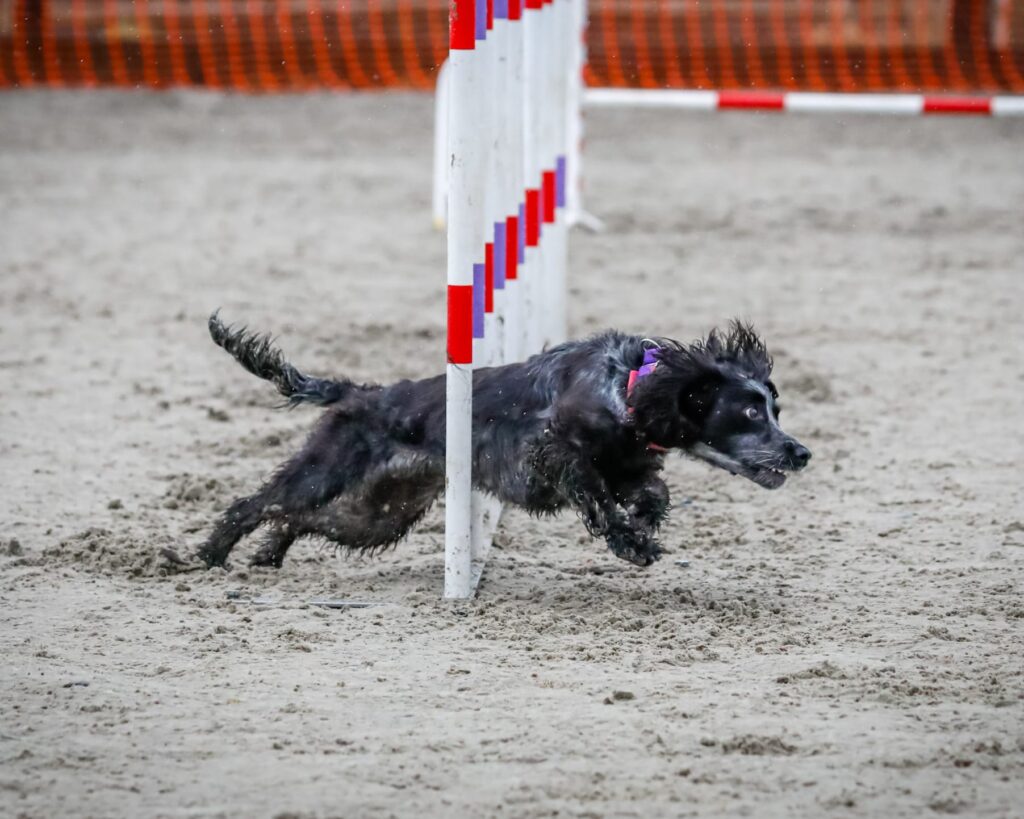
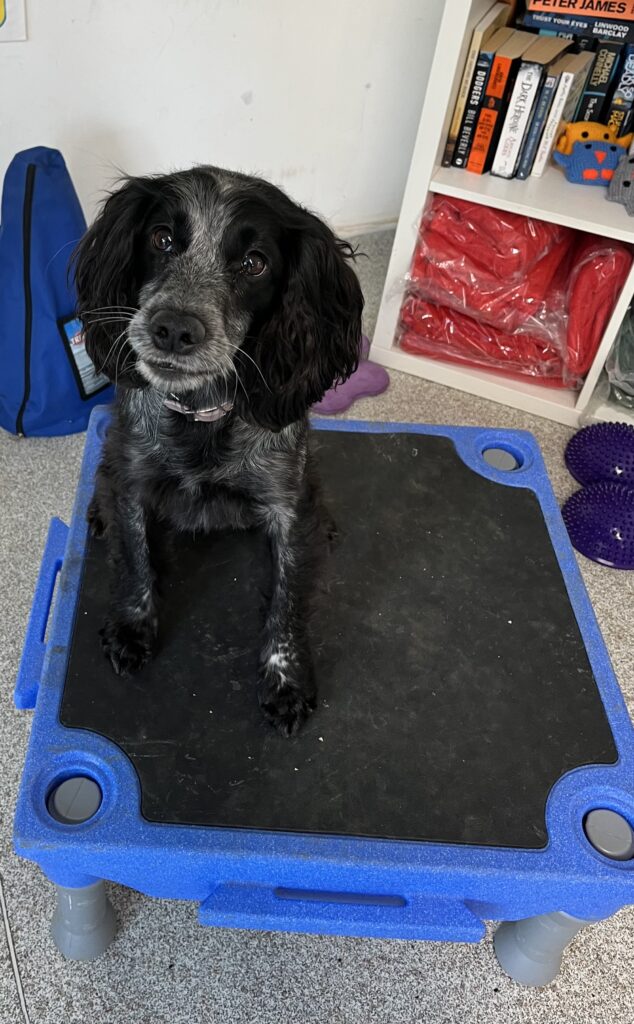
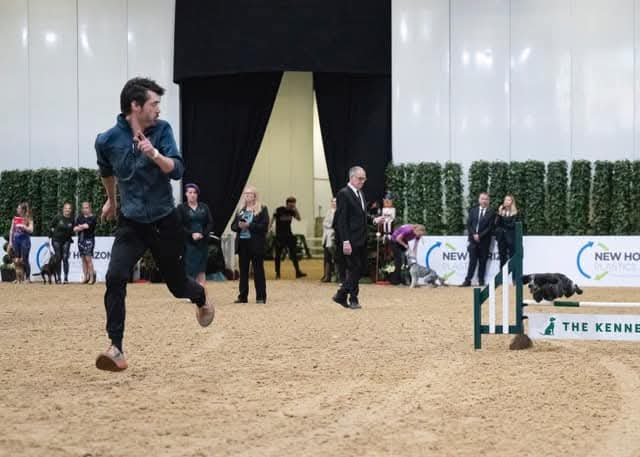
Nuri The Wonder Dog
‘’Nuri’s first year of life has definitely not been the one we were expecting, and hoping, to experience with him’’
Nuri’s owner noticed an intermittent forelimb lameness which came on suddenly with no. improvement with rest and non-steroidal anti-inflammatories. They got in touch requesting a physiotherapy assessment which his vets had agreed.
Our initial appointment included a lameness assessment to ascertain a working hypothesis alongside establishing injury severity and acuity. Nuri’s assessment revealed he was moderately lame in both forelimbs with a mild hind limb lameness. Dogs are quadrupeds meaning they use four weight bearing limbs to ambulate; however, this can cause discrepancies on gait assessments because they can be lame in one limb to mask an issue in another. In Nuri’s case he presented lame on all four limbs, with moderate lameness in his forelimbs and mild lameness in his pelvic limbs. At this point it was difficult to ascertain a working hypothesis so we delved deeper into the physiotherapy assessment.
Further assessment revealed elbow joint pain and stiffness into flexion (bending) and extension (straightening). Nuri was also very tight in his muscles surrounding the shoulders which impacted how well his shoulder blade moved across his chest wall. His hind limbs were completely normal on assessment fortunately which allowed us to hypothesise he likely had a bilateral elbow joint pathology and his hind limb lameness in his gait assessment was most likely compensatory. Due to our findings Nuri went on to have surgery due to a CT showing a shortened bone in both front legs called the radius, with subsequent extensive Elbow Dysplasia.
‘He has basically been confined to a cage, apart from coming out for two 3 to 4 minute lead walks a day, from around 7 months old’
Nuri had a proximal dynamic bi-oblique ulna osteotomy with his first being just 7 months of age. He had a mismatch between the rate of ulna and radius growth, meaning his radius was shorter than his ulna. What this means for the joint itself is there is a lack of congruency and over time can cause joint overloading when weight bearing and a risk of stress fractures. This type of surgery can allow the new shortened ulna to find a more convenient place to sit, alongside aiming to reduce the rate of Osteoarthritis.
‘’The surgeries he underwent were major however for us most important part of this journey for him was (and will continue to be) making sure we put in place the right rehabilitation to allow him to be the best he can possibly be”
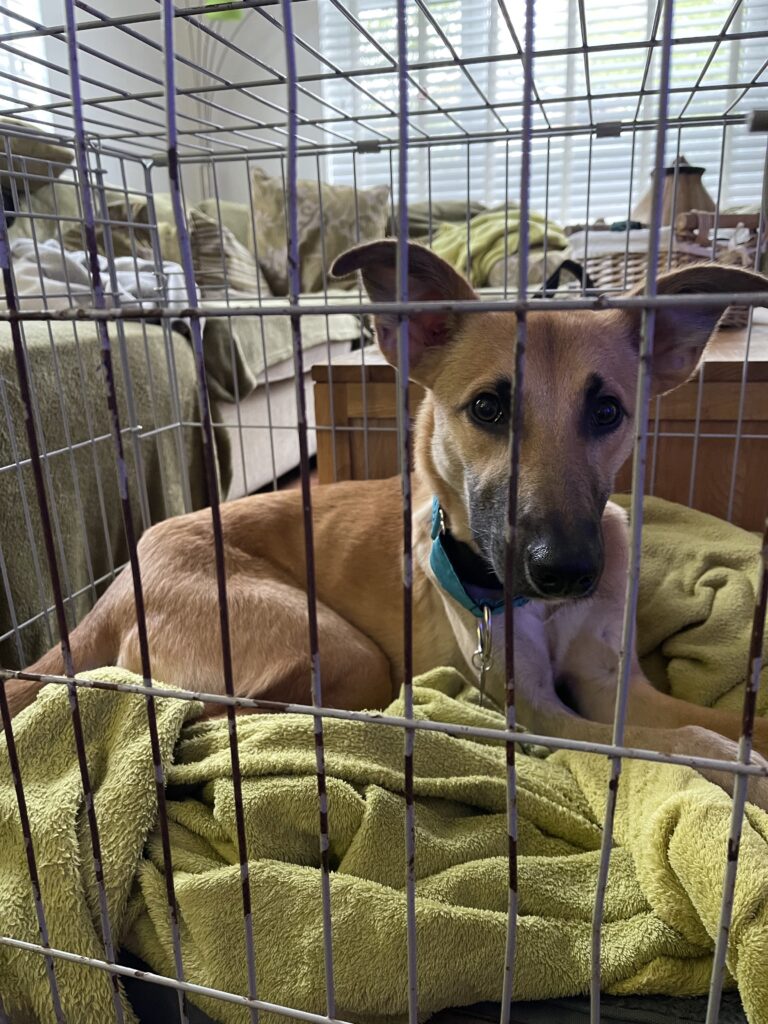

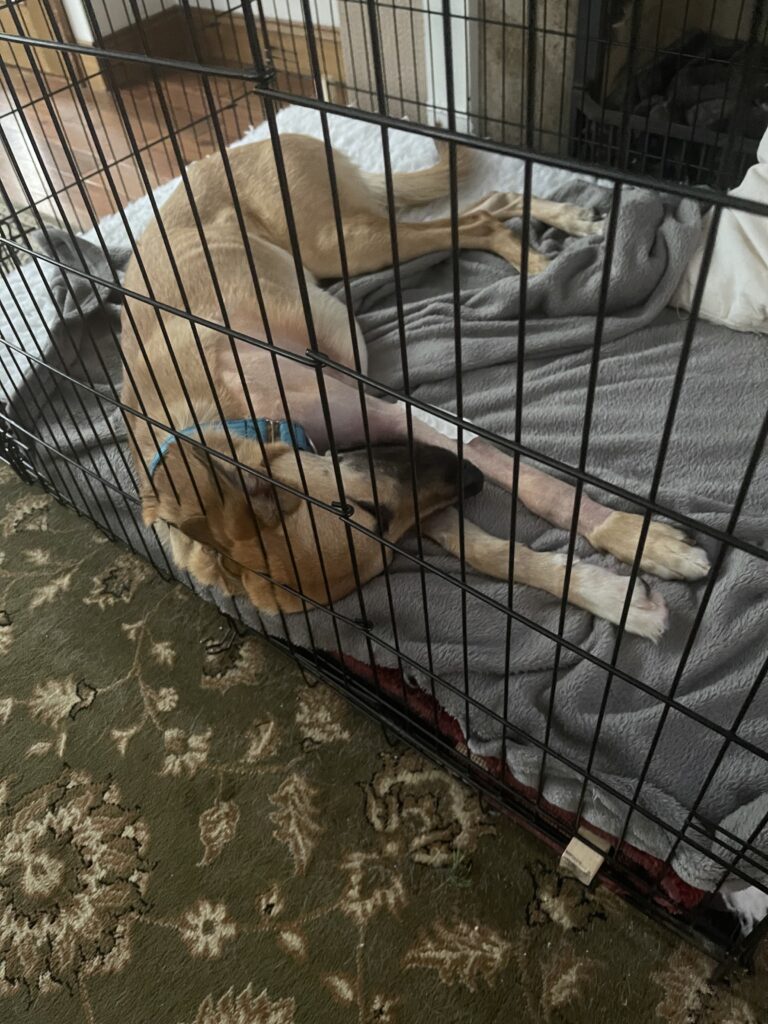
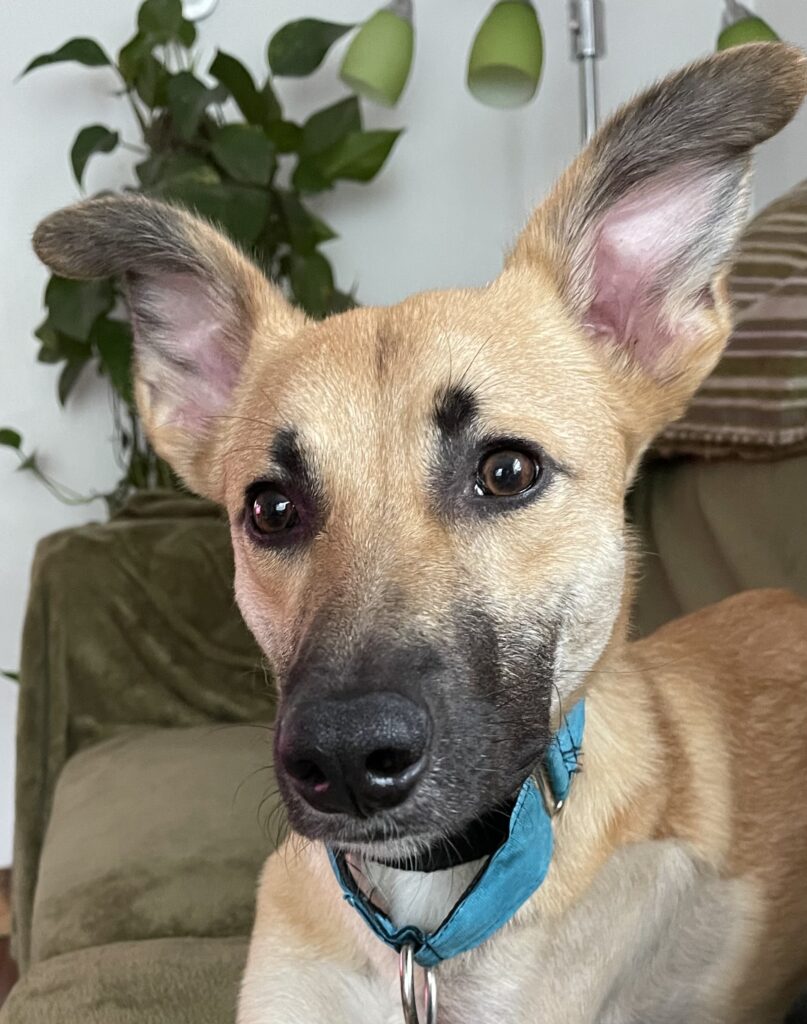
Nuri’s initial rehabilitation goals were focused on achieving full joint range of shoulder, foot and gently into the elbow. He had Neuro Muscular Stimulation to strengthen his muscles alongside electromagnetic current and laser to promote bony and soft tissue healing. As the weeks progressed, so did his goals with a gradual focus on encouraging weight bearing, static strengthening exercises and balance work.
I am happy to say Nuri is now over the worst. Both elbows are healing well with no major or minor setbacks. He has recently started the underwater treadmill as advised by his Veterinary surgeon which is giving him some much-needed variety for his mental stimulation alongside crucial physiological benefits.
”We chose Rochelle and I have to say she has been absolutely amazing. She is not just really knowledgeable and great at her job, importantly she really cares for both her patients and their humans. I can’t recommend Rochelle highly enough. She has been there for him, and importantly for us, every step of the way. Nuri absolutely loves her visits’’
Is Surgery The Only Option?
Stanley is a 10year old Frenchie who I first saw after a suspected neck injury after he jumped out of the campervan. At the time there were no clear pain behaviours however, 48 hours after the incident he began to struggle to transfer from lying or sitting. He quickly began to ‘knuckle’ his left front paw. Knuckling is a term used when the paw is positioned in such a way that naturally the dog should bring it back to its norm within 3seconds. When there is an injury usually nerve related in origin, dogs are unable to feel when their paw is put in this test position, therefore they don’t flip it back and this causes functional limitations.
Despite taking some pain medication Stanley slowly deteriorated and became less engaged, and started refusing food. Stanley went on to have an MRI showing a C3-C4 disc protrusion which had formed an extrusion centrally and left sided. If you imagine the discs in our spines like a jam doughnut. If the jam in the middle is put under stress it will squeeze through to the outside of the doughnut, this would be a protrusion. An extrusion is where the central disc material bulges and the jam spreads out further from the doughnut causing further pain and dysfunction.
At the time Stanley was offered surgery involving fusion of C3-C4 however his owners wanted to discuss their options with their team around them, including myself and their primary care vet prior to any surgical intervention.
At the time it was an extremely tough situation for the family because his pain was difficult to manage and the Tramadol was giving him quite advanced side effects. But, with medication timings, diary use and risk management advice his pain gradually became controlled to a point he was eating, mobilising independently and his usual cheeky character became evident.
A diary is a tool I find as a physiotherapist useful in understanding pain triggers and fatigue thresholds. With Stanley, this allowed us to ascertain if times of the day made a difference to Stanley’s engagement, timings of pain medications affecting his engagement and ultimately working out what was too much or too little for him activity wise. I always say to owners and my human patients, if physiotherapy treatment flares your symptoms this is always a good thing because it shows us as clinicians we are influencing the right area. If physiotherapy doesn’t change symptoms, either for better or worse, that outcome is much harder to interpret.
Over time Stanley greatly improved with a range of physiotherapy treatments and close communication and pain management with his primary care vet. He never needed surgery and his conservative management means he is now off lead, walking distances are back to pre-injury levels and absolutely has his appetite back again. He is on some pain relief but this is being weaned down and we hope he won’t need medication support in the future.
The importance about this case is that it doesn’t always have to be the surgical route for your animals, but you need the right team around you to guide both you and your animal to the appropriate management and goals.
”Our 10 year old french bull dog was diagnosed with a disc disease and slipped disc in his neck. Rochelle was recommended to us and has been treating Stanley for a number of weeks and is continuing to do so. She has been amazing, knowledgeable, supportive, kind and caring, but best of all she has helped him and helped us to help him to get better, even though the neurologist told us that his condition was ‘unmanageable’’.
”
